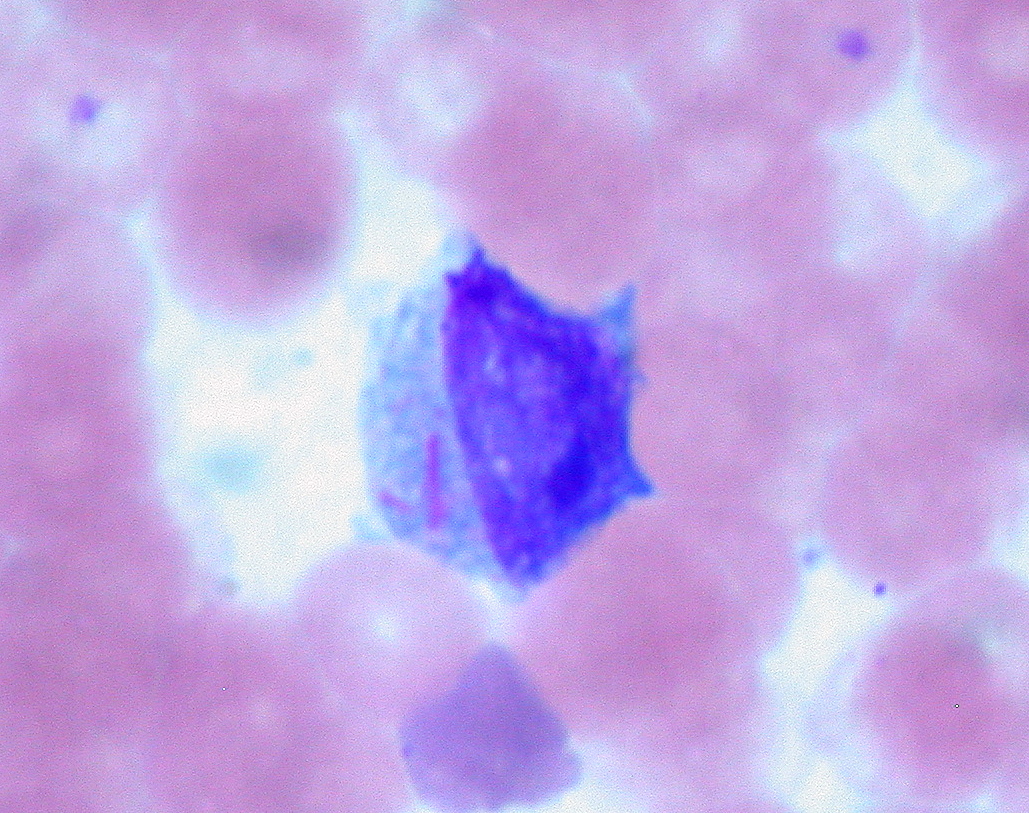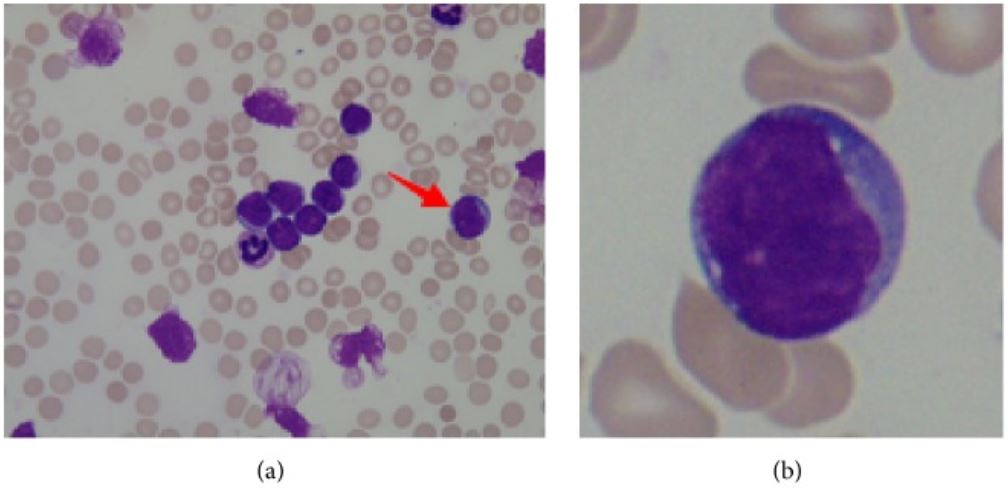Playlist
Show Playlist
Hide Playlist
Types – Leukemia
00:01 Welcome to this advanced lecture on the treatment of leukemia. The learning outcomes from this lecture will include the fact that leukaemia represents around 8 percent of all malignant disease. There are four major subsets of leukaemia, but there is great heterogeneity within each of these. The treatment of acute leukaemia is highly effective in younger people, but is very complex and is an area of unmet need in elder individuals. The treatment of chronic leukaemia has shown dramatic improvement in recent years and I look forward to telling you all about that lecture. Leukaemia, the term means white blood. 00:51 It reflects the fact there are too many tumor cells within the bone marrow and the blood. 00:59 On the right, you will see a blood slide from the patient with acute leukaemia and those cells are all abnormal tumor cells. The incidence of leukaemia is relatively stable and most subtypes of the disease are seen in all societies around the world. The treatment of leukaemia has changed dramatically in recent years and I would like to communicate some of that excitement to you during the course of this lecture. Let us start with acute leukaemia. Acute leukaemia develops from early haemopoietic progenitor cells, that means cells that give rise to the form cells within the blood and these cells proliferate too rapidly and do not differentiate into later cell types. This is an aggressive disease and it can be rapidly progressive and indeed fatal within the weeks if it is not treated. There are two subsets, lymphoid and myeloid disease and acute lymphoblastic leukaemia is the most common cancer or malignant disease in children. However, although it is a very aggressive disease it can now be cured in many cases. On the right, you will see some of these acute leukaemia tumor cells. 02:29 You will see that they are large cells with a large nuclear to cytoplasmic ratio. 02:39 In contrast, chronic leukaemia leads to the accumulation of blood cells, which under the microscope look quite normal, mature blood cells. It is less aggressive than acute leukaemia. 02:53 The patients may carry this disease for many years before being diagnosed. Chronic myeloid leukaemia one of the major subtypes is a very very important not only in its own right, but this was the first disorder for which a tyrosine kinase inhibitor was used highly effectively. 03:17 The treatment for chronic leukaemia is improving very significantly but is moving so quickly that we do not yet know how many of these patients will be cured in the long term. 03:30 On the right, you will see a picture of the patient with chronic myeloid leukaemia and there you will see there are many very primitive cells, but also some normal neutrophils and you see accumulation of these normal neutrophils. It is characteristic of the blood film of chronic leukaemia. Lymphoid leukaemia, the lineage of hemopoiesis the formation of blood can be divided into two major subsets. On the left of that diagram, you will see the myeloid lineage and on the right the lymphoid lineage and these two lineages define two major subsets of leukaemia. So lymphoid leukaemia leads to the accumulation of lymphoblasts or mature lymphoid cells and that represents 70 percent of all childhood malignancy and as you will see there, 85 percent of all children can now be expected to be cured. In contrast, myeloid leukaemia is on the left-hand side of that cell lineage, this includes neutrophils, monocytes, megakaryocytes and red cell precursors. Acute myeloid leukaemia is seen in the patient at all ages although the outcome for all the people remains very challenging. Indeed, acute disease is difficult to cure even in younger patients although we are improving our outcomes with intensive chemotherapy. Chronic myeloid leukaemia, as you will see, is driven by the BCR-ABL fusion protein and is now highly treatable by simple tablet therapy.
About the Lecture
The lecture Types – Leukemia by Paul Moss, PhD, OBE, FMed, FRCPath is from the course Hematologic Disorders.
Included Quiz Questions
Which of the following statement is true with regards to acute leukemia?
- It is a rapidly progressive disease and can be fatal if not treated within weeks
- It is not curable
- Acute lymphoblastic leukemia (ALL) is most common in the elderly
- It involves mature, fully differentiated cell types
- It is a slowly progressive disease
What cell types are predominantly involved in acute leukemia?
- Early hemopoietic progenitor cells
- Well-differentiated, non functional blood cells
- Well-differentiated, functional blood cells
- Epithelial cells
- Connective tissue
Which of the following is the most common malignant disease in children?
- Acute lymphoblastic leukemia
- Chronic lymphoblastic leukemia
- Chronic myeloid leukemia
- Acute myeloid leukemia
BCR-ABL gene fusion is mostly involved in which of the following conditions?
- Chronic myeloid leukemia
- Acute myeloid leukemia
- Chronic lymphoblastic leukemia
- Acute lymphoblastic leukemia
- None of the above
Customer reviews
5,0 of 5 stars
| 5 Stars |
|
5 |
| 4 Stars |
|
0 |
| 3 Stars |
|
0 |
| 2 Stars |
|
0 |
| 1 Star |
|
0 |





